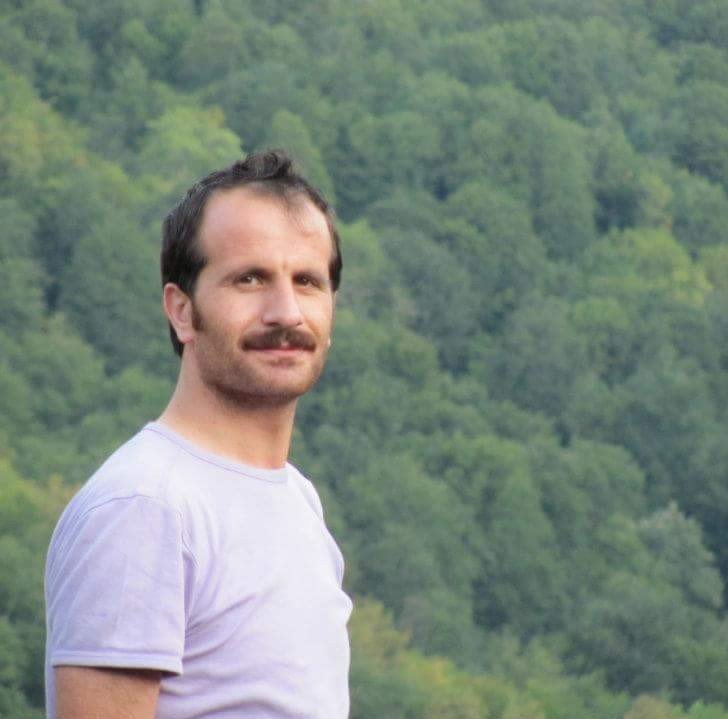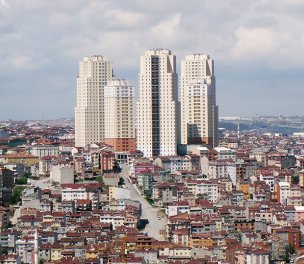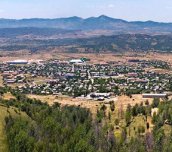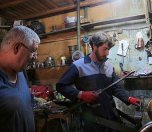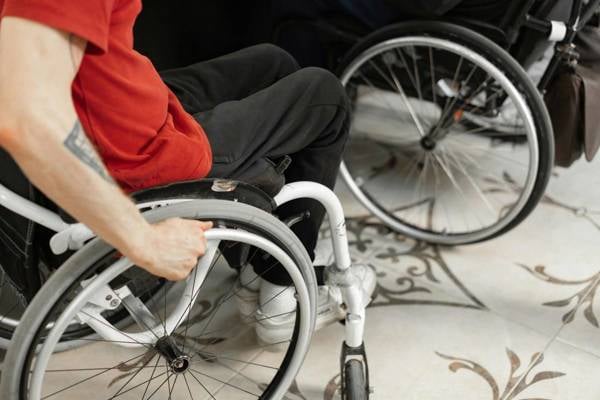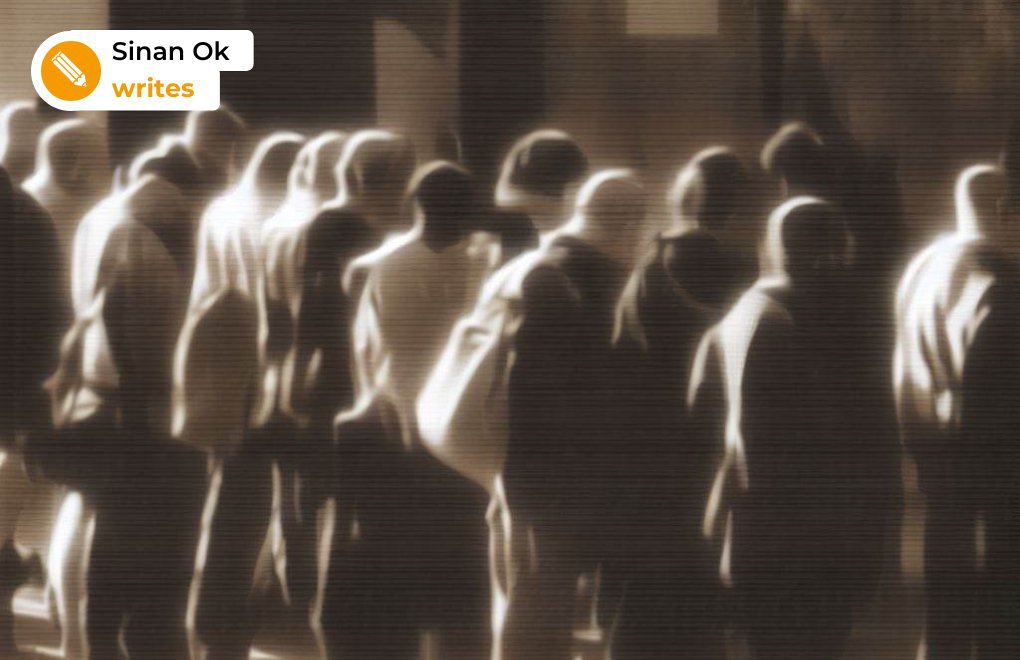ANALYSIS BY SİNAN OK
Is Poverty the Fate of Muş, Ağrı and Urfa?
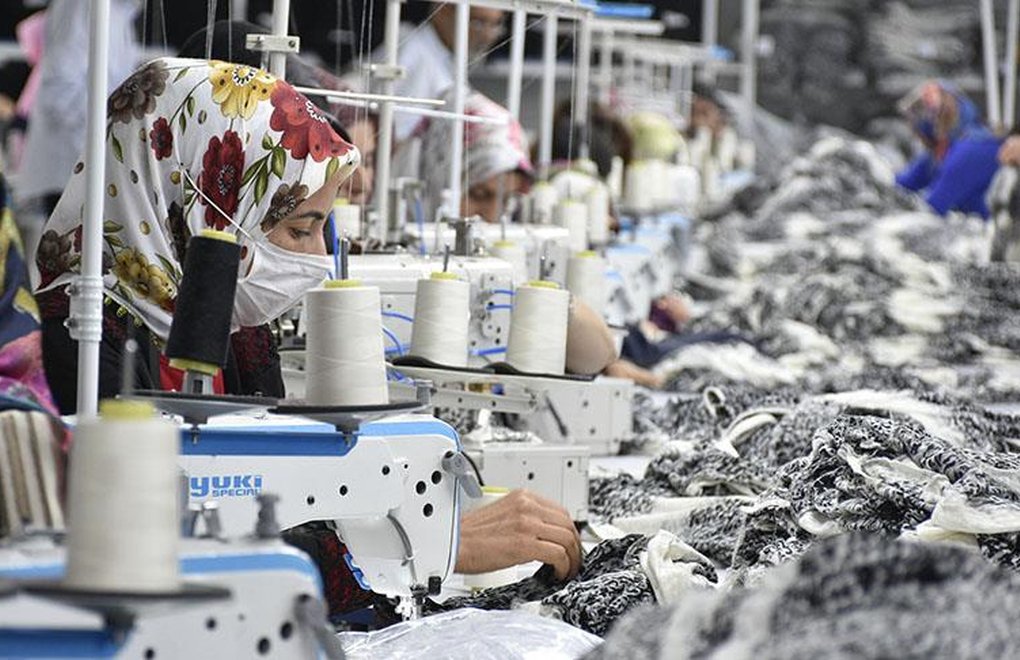
Click to read the article in Turkish
The annual unemployment rates for 2018 have recently been announced by the Turkish Statistical Institute (TurkStat). The provinces with the highest rates of unemployment have not changed because the way of a politics that would deepen the regional inequalities is constantly being paved, instead of a way that would focus on their elimination.
As you can see in the below table* showing the unemployment rates for the last three years, the regions where the unemployment rates are above the country-average have been listed as İstanbul, the Mediterranean and, by far, the Southeastern Anatolia. It seems that in addition to the Middle Anatolia (especially Kayseri, Sivas and Yozgat), where unemployment rates have been flagrantly increasing, "Middle Eastern Anatolia" is now also one of the regions with an increasing rate of unemployment in 2018.
CLICK - Annual Unemployment Rate in 2018: 11 Percent
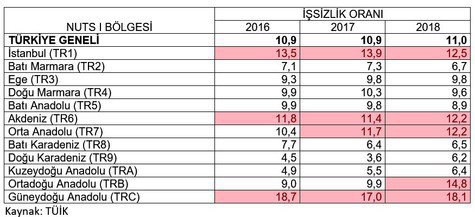
The rate of unemployment across Turkey
When considered on the sub-regional level (NUTS II), it can be seen that the provinces where the rates of unemployment have increased the most over the last year are Urfa-Diyarbakır (TRC) and, with an astronomical increase, the provinces of Van, Muş, Bitlis and Hakkari (TRB2).
While the number of unemployed people in Urfa-Diyarbakır region has increased by 52 thousand people over the last year, 61 thousand more people have lost their jobs in the eastern province of Hakkari during this period. Considering that the number of recently unemployed people in Turkey is announced as 83 thousand due to a decrease in the number of unemployed in some parts of the country, the dimensions of the political, social and economic crisis experienced in eastern and southeastern provinces of Turkey have become all the more manifest.
A collective and social punishment
After the resolution process was halted by the [ruling] Justice and Development Party (AKP), the "Dolmabahçe Agreement" was not recognized and the provinces in the region were destructed, a collective and social punishment has been economically imposed on the region.
Unemployment, poverty and migration are the burning issues on the region's agenda. Appointment of trustees to the municipalities (and appointment of new trustees to replace the previous ones) and dismissal of people without any court verdicts as a result of the unlawfulness of State of Emergency have led tens of thousands of people to become unemployed.
On the other side, the restrictions on border trade have paved the way for the collapse of private sector especially in Van, Şırnak and Mardin, where the sector was already limited. In some parts of the region, where months-long curfews are accompanied by indefinite bans on moving to the highland for grazing of the cattle, the agricultural and livestock sector has shrunk.
It can be said that it is impossible to talk about a regional tourism in such a climate. Its most concrete evidence is the following: While 300-400 thousand people entered Turkey from the border gates in the region in 2016, this number has fallen below 100 thousand in 2017-2018.
'Peace climate is the primary condition of welfare'
To come to the point that I have referred to in my title, I can say that in a geography where the sentence "peace climate is the primary condition of welfare" is proven, poverty is being constructed with public politics. If the election pledge of the AKP-MHP [Nationalist Movement Party] coalition has now become "hiring more village guards", we cannot talk about anything about production, employment or welfare there.
'The Mobilization of Uniformed Employment" initiated by the AKP-MHP coalition across Turkey and in the public sector since November 1, 2015 has been put into effect by employing more soldiers, police and gendarmerie officers and night-watchers. However, it is also seen that the record increase of unemployment to 4.3 million people cannot be prevented, either. A budget of over 25 billion Turkish Lira (approx. 4 billion 600 thousand US Dollars) has been spent through the Turkish Employment Agency (İŞKUR) in the last year; however, the result is over one million new unemployed people.
The figures on poverty released by the TurkStat have manifested that poverty and inequality in distribution of wealth have deepened over the last three years. However, considering that there are some missing points in the data of the TurkStat on a regional basis, the poverty in the region needs to be evaluated in the light of some other data. In the below map prepared on the basis of Life in Provinces Index [1], the hardships of living in the region have also given their color to the map. It can be seen even with the naked eye how abject a poverty this region, which is not made "livable" anyway and left backward with special policies, has been condemned to after 2015.
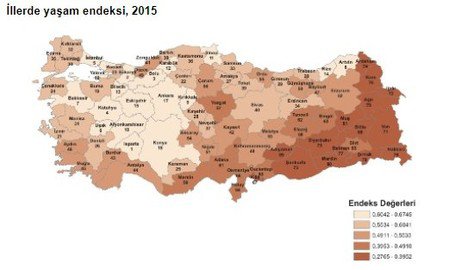
Life in Provinces Index - Source: TurkStat
Moreover, if we support it with another set of data, the statistics shared by the Social Security Institution (SGK) about this "impoverished geography" are highly striking. The statistics on the insured by the SGK in December 2018 have become an indicator for the "fate" of the provinces mentioned in the title. In the statistics on the insured, about whom we can reach the data on "Population Whose Per Capita Household Income is Below One Third of Minimum Wage", there are three provinces in Turkey, more than 40 percent of whose population is deprived of an income on this level: Muş, Ağrı, Urfa.
The table below** has also shown the 15 provinces where this indicator of grave poverty is the highest as of December 2018. It can be seen that in these provinces, the per capita monthly income in the household is below 534 Turkish Lira, which approximately amounts to 100 US Dollars.
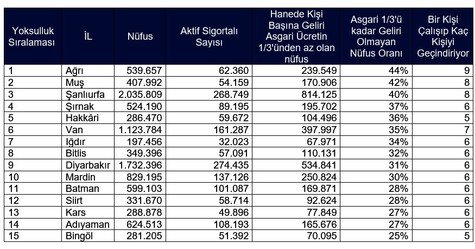
The history of this region and the richness of its cultural and natural resources say that it is "a constructed poverty."
It can be commented that the politics oriented towards the region, including in the AKP era, is in a historical failure. The fact that a peaceful solution is not provided for the Kurdish question has been evolving into a punishment with impoverishment. Political power holders, who do not want to accept that people lay claim to their own struggle for freedom and identity, prefer to stand in the way of any solutions for the structural problems in the region, instead of offering solutions themselves.
The gradual increase in the 44 percent rate indicated above for Ağrı shows that a poverty, which can be said to depend on this process, is becoming deeper. This situation, which is not peculiar to Ağrı, shows that a permanent, absolute and regional poverty is imposed on the people of the region. Ahead of local elections on March 31, the discussions on the extent to which this structural poverty and recent economic crisis will impact the elections are as important as the discussions of "trustees that did not come to the region with ballot box, but will leave the region with it." It can be said that the beginning of the solution is to proceed along a democratic principle before and after the elections and to implement the ordinary law without any exceptions. (SO/HK/SD)
-
[1] http://www.tuik.gov.tr/PreHaberBultenleri.do?id=24561
* The rate of unemployment across Turkey: İstanbul (TR1), Western Marmara (TR2), Aegean (TR3), Eastern Marmara (TR4), Western Anatolia (TR5), Mediterranean (TR6), Middle Anatolia (TR7), Western Black Sea (TR8), Eastern Black Sea (TR9), Northeastern Anatolia (TRA), Middle Eastern Anatolia (TRB), Southeastern Anatolia
** Poverty order by province, population, number of the insured, number and rate of population whose per capita household income is below ⅓ of minimum wage, number of people maintained by one person
Photograph: Suat Öztürk - Elazığ / AA




